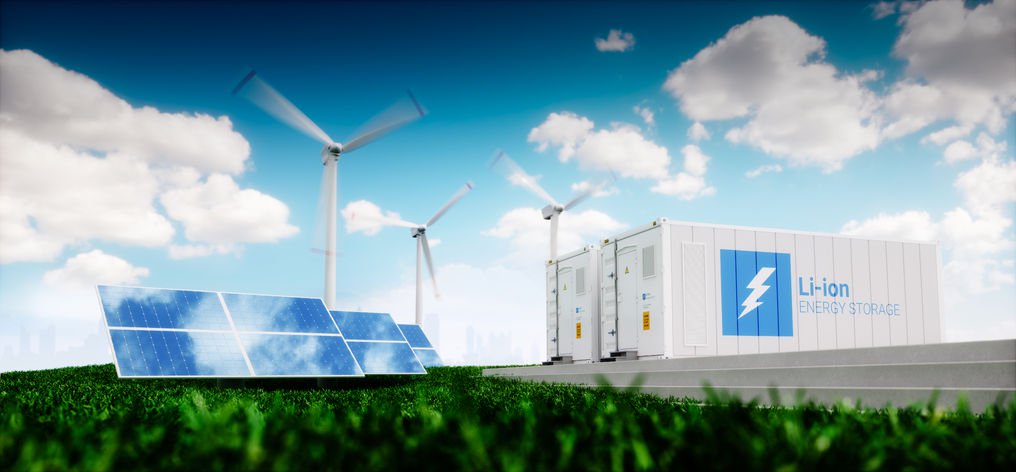Clean energy news coverage often focuses on the successes and big strides taken forward by the industry in ‘record-breaking terms’: “world’s biggest battery,” “first hybrid to combine storage with x” and so on.
Reporting in these terms is obviously an attention-getter, but in any relatively young industry such as ours, boundaries are there to be broken, so perhaps sometimes these developments in themselves are not as telling as might appear.

After reporting last week on the findings from EMMES, the European Market Monitor on Energy Storage from Delta-ee and trade association EASE, which demonstrated a big rise in installations by MWh in 2017 across the continent, we delved further behind another record-breaking year with the report’s lead author, Valts Grintals of Delta-ee. Today, we’re looking at the front-of-meter, grid-connected segment, with C&I and residential energy storage to follow later this week on Energy-Storage.news.
What are some of the key takeaways from the latest edition of EMMES?
If you look at the end of 2017 and compare it to the annual market for 2016, the annual market size has grown 50%. The 2016 overall market was around 400MWh and in 2017 it was close to 600MWh.
That’s in line with market expectations actually. However, the big difference is that while the overall growth rate was in line with expectations, there were differences in details. So while the FTM (front-of-the-meter) market underperformed, the residential market was bigger than expected, in large part due to the German market significantly exceeding expectations and the Italian market coming out with a good number of installations. In 2017, there were about 8,000 systems installed in Italy and 37,000 in Germany. That’s against an expectation of around half of that in Italy and about 31,000 systems in Germany if you look at the average scenarios.
Read more: Energy Storage News


